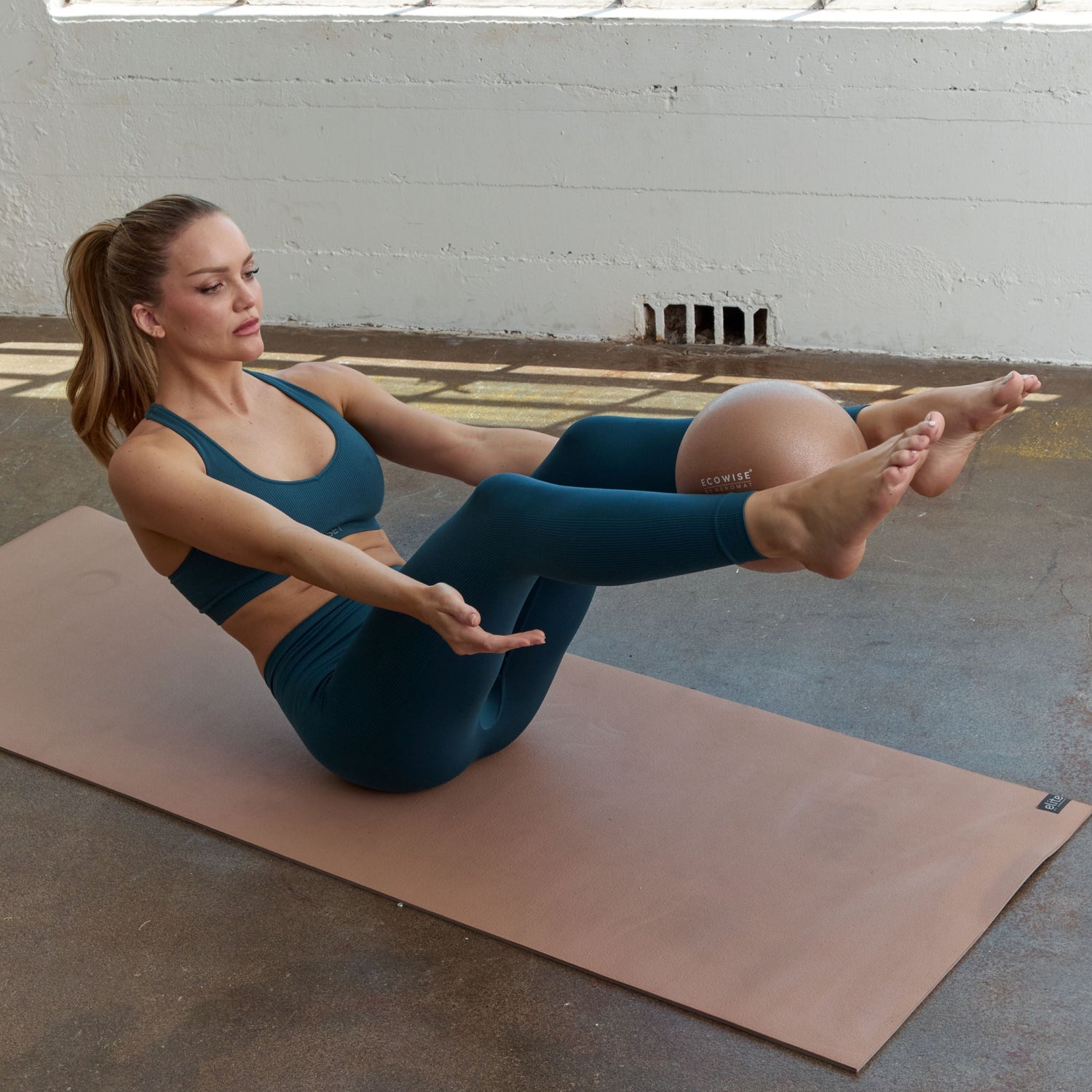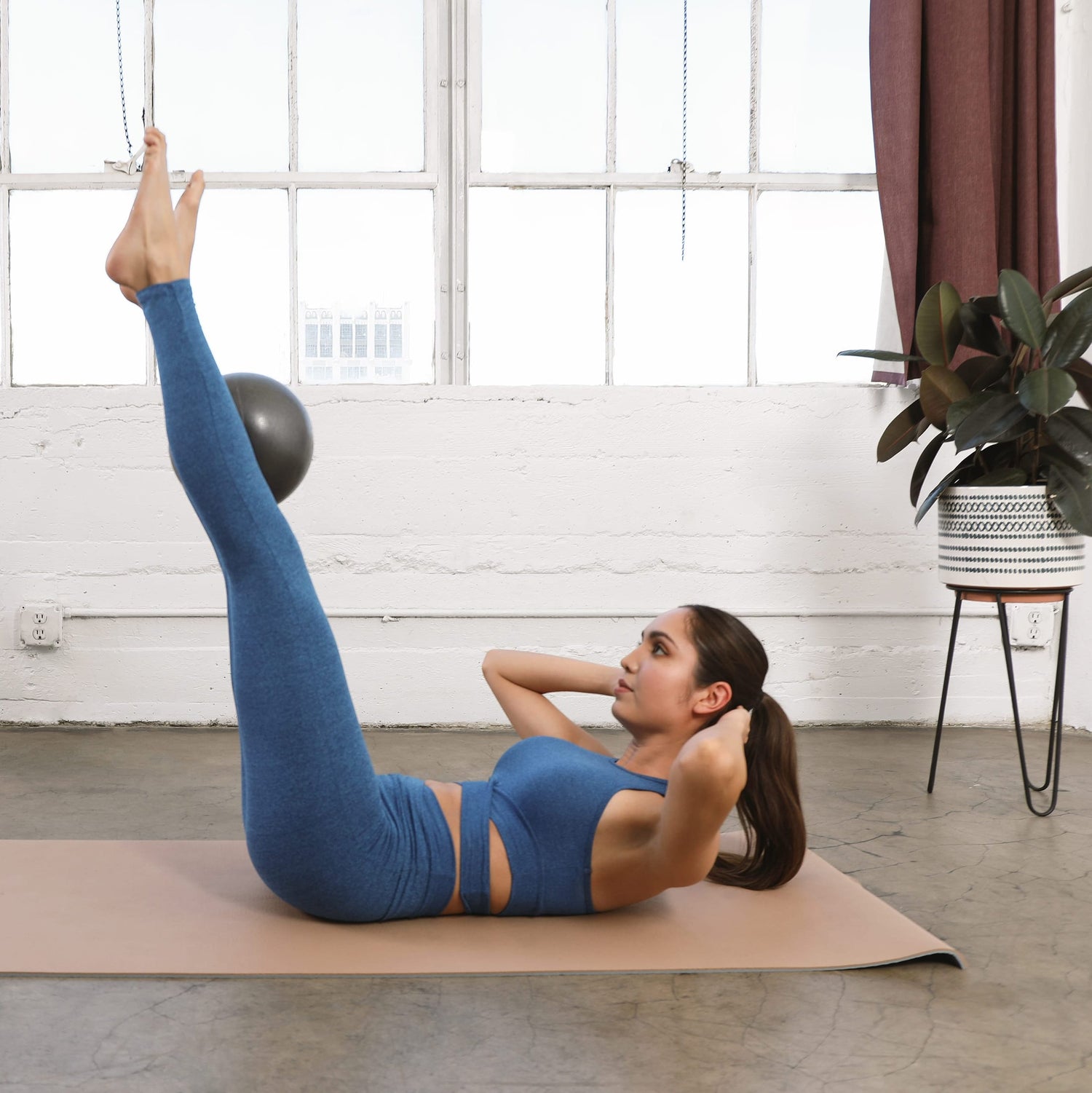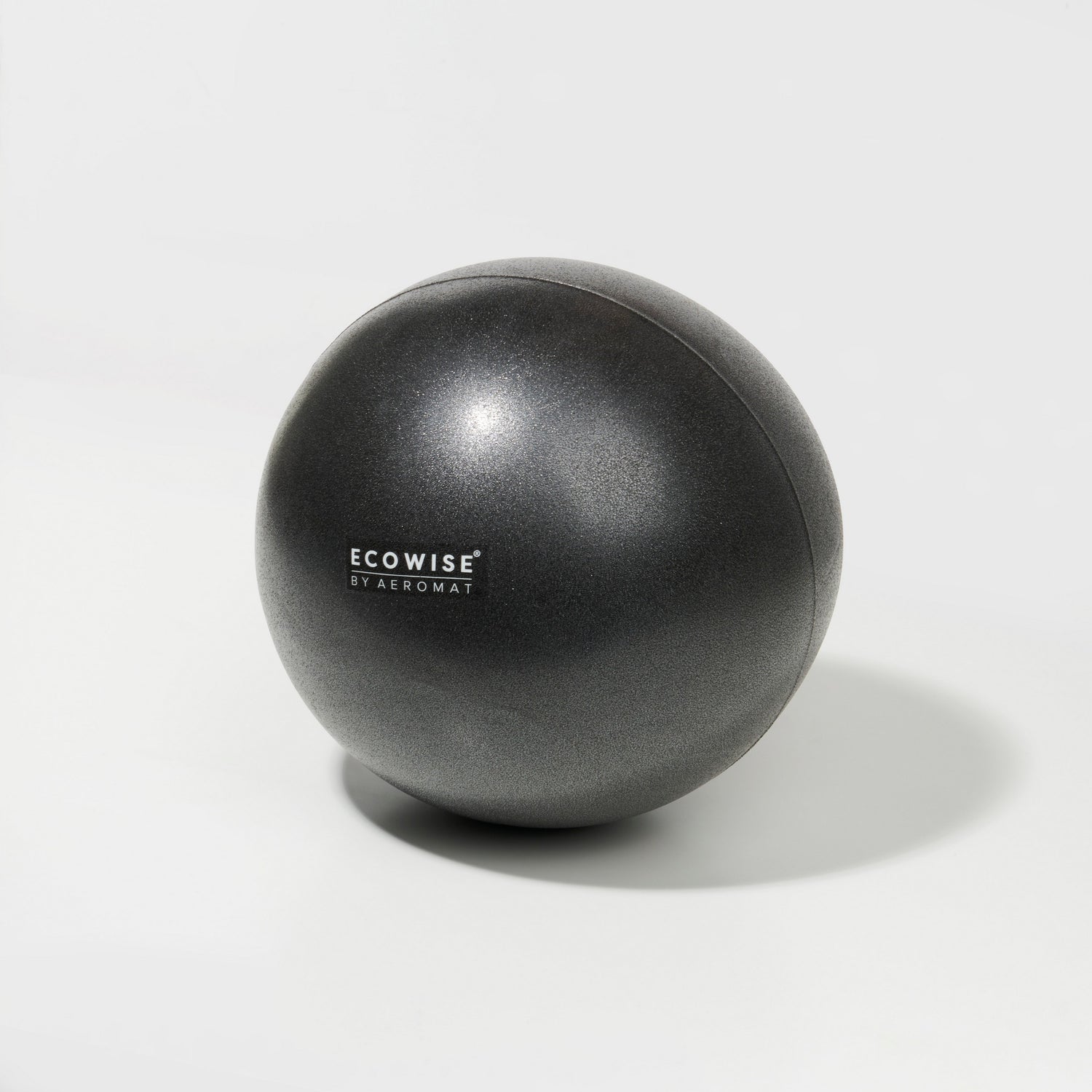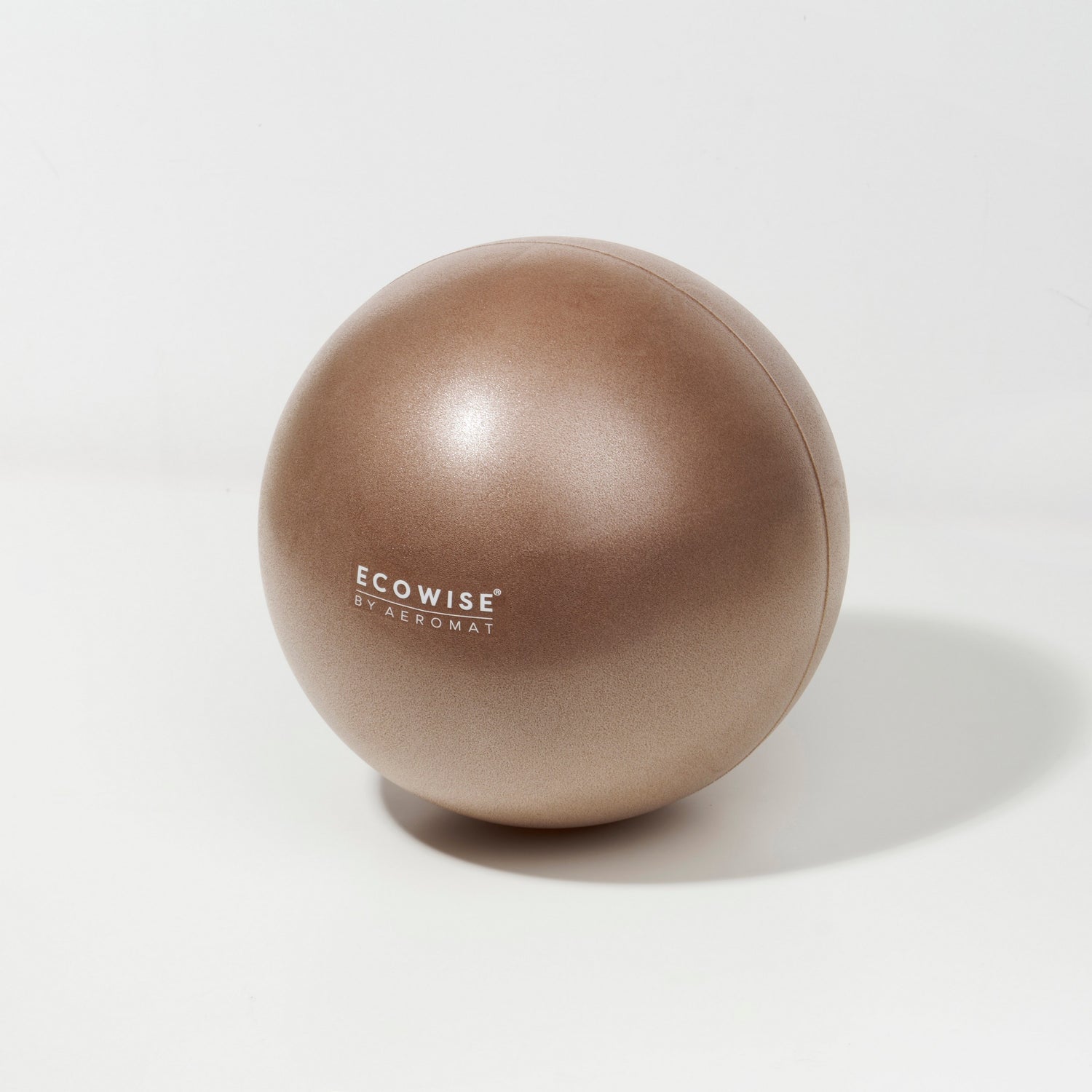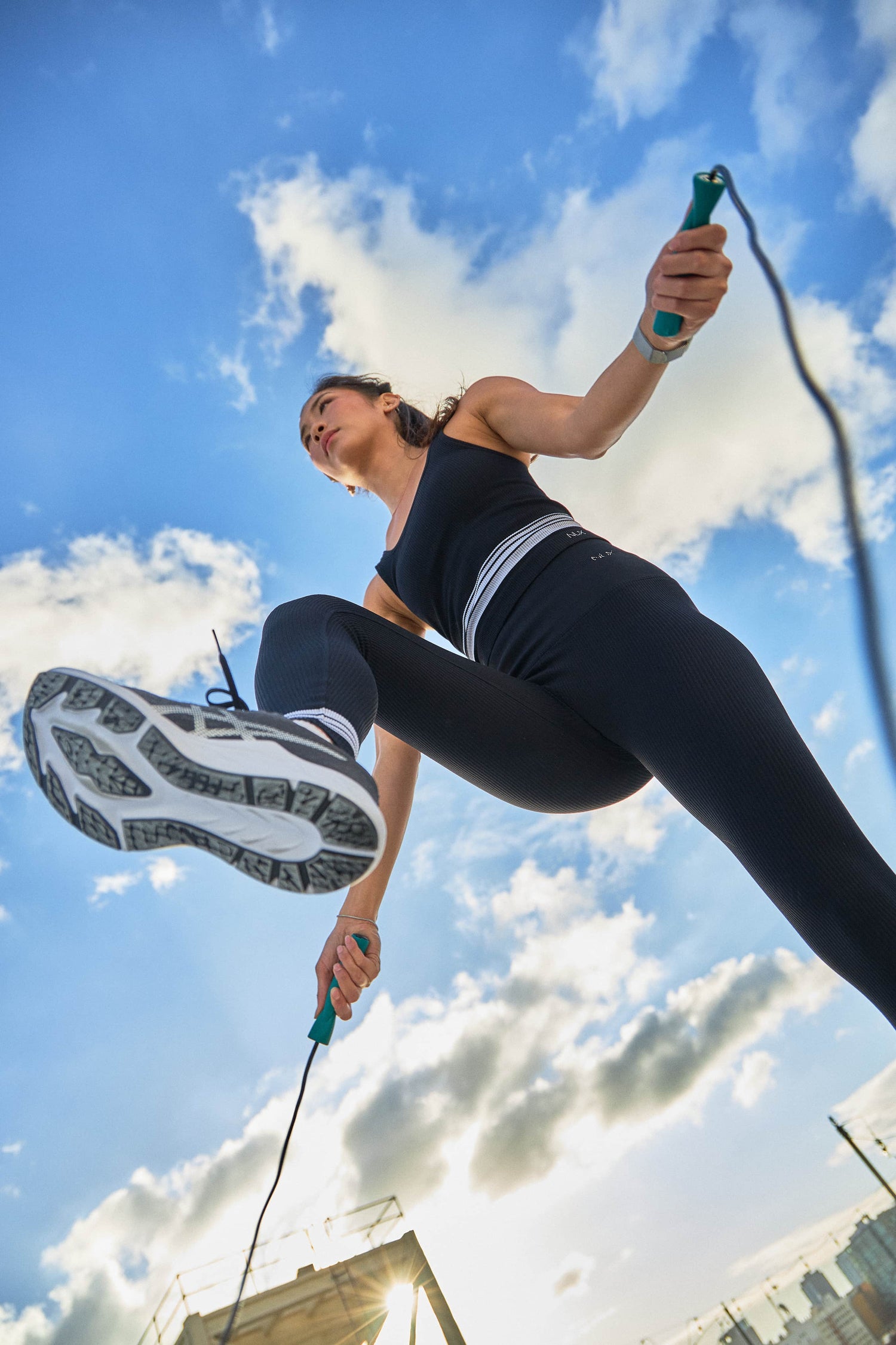If you’re just starting your yoga or home fitness journey, a yoga roller can completely change the way you stretch, recover, and strengthen your body. This beginner’s guide will explain what a yoga roller is, how it works, and — most importantly — how to use a yoga roller safely and effectively. Whether you’re easing muscle tension after a workout or improving your flexibility, this guide will help you roll your way to better mobility and balance.
What Is a Yoga Roller and Why It’s a Must-Have for Every Routine
Before diving into the techniques, it’s essential to understand what a yoga roller is and why it’s a must-have in your fitness toolkit. A yoga roller—sometimes called a foam or massage roller—is used to apply gentle, consistent pressure to muscles, helping release tightness and promote circulation. This process, known as myofascial release, loosens up the fascia (the thin layer of tissue surrounding your muscles), improving movement and reducing soreness. It’s like giving yourself a deep tissue massage at home — no professional required.
Benefits of Using a Yoga Roller
Using a yoga roller regularly provides a wide range of benefits for both beginners and seasoned athletes:
• Enhances recovery: Rolling improves blood flow, helping your muscles recover faster after workouts.
• Increases flexibility: Consistent use helps stretch tight muscles.
• Improves posture: Aids in spinal alignment by easing muscle imbalances and tension.
• Reduces stress: Encourages relaxation through slow, controlled movements and deep breathing.
• Supports mobility: Keeps joints and connective tissues supple for more fluid motion.
Rolling even a few minutes a day can lead to noticeable improvements in how your body feels and moves.
How to Use a Yoga Roller Safely and Effectively

If you’re wondering how to use a yoga roller, the key is to move slowly, breathe deeply, and stay mindful of your posture. Rolling helps you release muscle tension while improving flexibility and balance—but only when done correctly. The table below provides a clear guide to three of the most effective techniques for your back, legs, and shoulders.
| Target Area | Position | Action & Focus | Pro Tips |
|---|---|---|---|
| Back | Sit on the floor with the roller positioned horizontally under your upper back. Cross arms over chest or place hands behind your head. | Lift your hips slightly and roll slowly from the shoulder blades to mid-back. Pause briefly on tight areas to release tension. | Engage your core and avoid rolling over the lower back to prevent strain. Keep movements slow and controlled. |
| Legs | Sit upright with the roller beneath your thighs or calves. Support yourself with your hands behind you. | Roll gently from hips to knees (for thighs) or from ankles to calves. Target one leg at a time for deeper pressure. | Use your arms to control pressure. Move slowly to identify tight or sore spots. Keep breathing throughout. |
| Shoulders | Lie on your side with the roller positioned beneath the shoulder blade area. | Roll gently forward and backward to massage the shoulder and upper arm. | Avoid direct pressure on the shoulder joint. Keep the neck relaxed and body aligned during each pass. |
Breathing and Alignment Tips
Your breathing and posture make a significant difference in the effectiveness of your rolling routine.
• Breathe deeply: Inhale through the nose and exhale slowly through the mouth. This helps release tension and improve focus.
• Maintain proper alignment: Keep your head in line with your spine, shoulders relaxed, and movements steady.
• Go slow: Controlled rolling allows you to pinpoint tension areas and promotes recovery without irritation.
• Avoid joints and bones: Always roll on muscle tissue, not directly over bony areas.
• Set a rhythm: Spend about 30–60 seconds per area for maximum benefit, adjusting intensity as your body adapts.
How Often Should You Use a Yoga Roller?
The frequency depends on your activity level and body needs. Beginners can start two to three times per week, while regular exercisers may roll daily. The key is consistency — short, frequent sessions are more effective than long, occasional ones.
If you’re working on muscle recovery, roll after each workout. For general wellness, use your roller before yoga to warm up or at night to unwind tight muscles.
Common Mistakes to Avoid When Using a Yoga Roller
Before you grab your roller, it’s worth understanding a few mistakes beginners often make — and how to avoid them for the best results.
• Rolling too quickly: Fast movements skip over tight areas and reduce effectiveness.
• Using too much pressure: Deep pain doesn’t equal better results; it can actually cause muscle tension.
• Neglecting the breath: Holding your breath increases strain and stress.
• Ignoring body alignment: Poor posture can worsen muscle imbalances instead of correcting them.
Taking it slow and intentional ensures a safer, more productive practice.
Who Can Benefit from Using a Yoga Roller?
Virtually anyone can use a yoga roller. It’s ideal for:
• Yoga and Pilates enthusiasts: Improves flexibility and supports better movement patterns.
• Athletes: Enhances performance and speeds up recovery between training sessions.
• Office professionals: Relieves tension caused by prolonged sitting.
• Seniors: Supports gentle stretching and mobility.
If you experience mild tightness, soreness, or stiffness, a yoga roller can be a simple, effective way to restore comfort and motion.
Meet the Aeromat/EcoWise Adjustable Rubber Air Roller

Aeromat and EcoWise are proud to offer the adjustable rubber air roller, a modern evolution of the traditional yoga roller. Designed with versatility and comfort in mind, this tool adapts to your unique practice and intensity level.
Unlike standard foam rollers, the Aeromat/EcoWise model features:
• Adjustable firmness: Inflate or deflate to customize resistance for gentle stretching or deep tissue release.
• Durable eco-friendly rubber: Built to last, using non-toxic, sustainable materials.
• Non-slip surface: Keeps you secure on any flooring type during yoga, Pilates, or physical therapy.
• Lightweight and portable: Easy to carry between studio, home, or travel.
• Multipurpose design: Suitable for balance training, muscle recovery, or spinal alignment exercises.
This innovative yoga roller gives you full control over your practice — perfect for beginners learning the basics of how to use a yoga roller, and equally effective for professionals who want to fine-tune recovery.
Explore More Yoga & Pilates Essentials from Aeromat/EcoWise
Your journey toward better movement doesn’t stop here. At Aeromat and EcoWise, we design eco-conscious equipment that helps you move with purpose and confidence. From balance trainers and mats to recovery tools and active seating, every product is made with care, durability, and sustainability in mind.
Explore our complete collection of yoga and Pilates essentials and discover how the right tools can elevate your strength, posture, and overall wellness.
Frequently Asked Questions (FAQs)
Why does my back hurt after using a yoga roller?
Mild discomfort can occur when your muscles are tight or when too much pressure is applied. Start with light pressure, focus on slow, controlled movements, and avoid rolling directly over your spine or lower back.
Can I use a yoga roller every day?
Yes — daily rolling is safe as long as you’re gentle and mindful. Avoid over-rolling the same muscle group for long periods, especially if it feels tender or bruised.
What type of yoga roller should beginners use?
Beginners should start with a softer or air-filled roller, like the Aeromat/EcoWise adjustable rubber air roller. Its customizable firmness makes it easier to control pressure and build confidence.
How long should I roll each area?
Spend about 30–60 seconds per muscle group. Stop if you feel sharp pain or numbness — rolling should feel like gentle pressure, not discomfort.
Can yoga rollers help with injury recovery?
Yes, when used properly and under guidance from a healthcare provider. Yoga rollers promote circulation and muscle relaxation, aiding recovery from minor strains or tightness. Avoid using them on acute injuries or inflamed areas.

